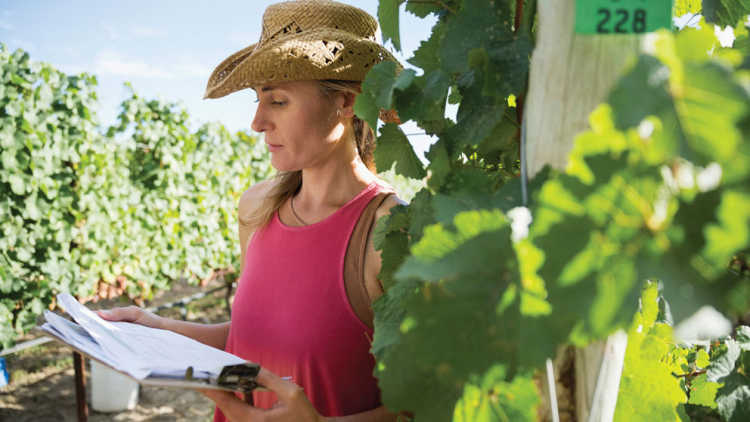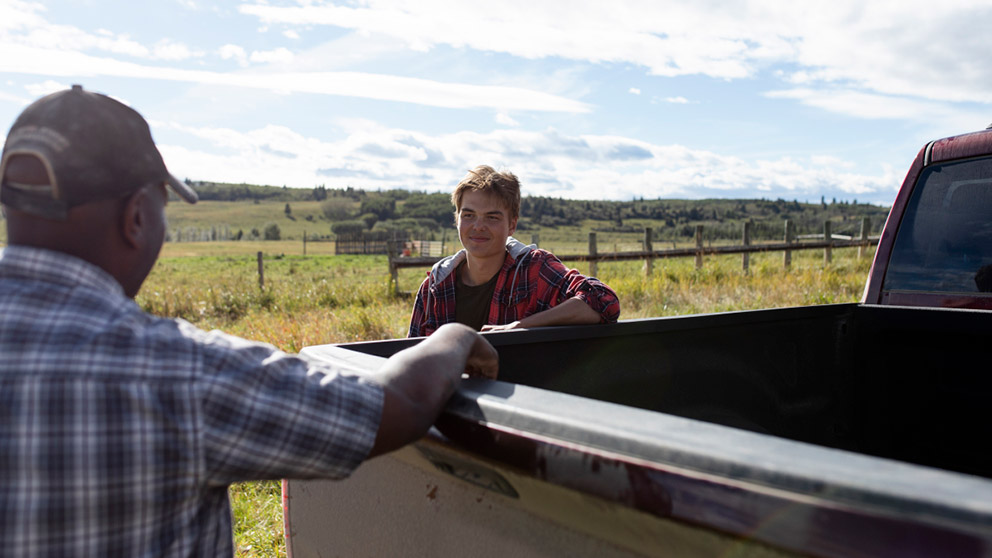Make training and development your farm business cornerstones

Whether part of transition planning or day-to-day business, developing new skills helps keep farms profitable and team members engaged.
Given the sheer amount of information required to run a farm, determining what to learn next can be daunting. According to some business management experts, that makes prioritization and a creative approach to learning critical.
Make a list – and chip away at it
“It’s not uncommon for people to perceive an overwhelming amount of info that needs to change hands. A senior partner might not realize how many things they know, and if they weren’t there, it would effectively hold their partners back,” says Patti Durand, agriculture transition specialist. “The opportunity is to chip away at it over time, then you don’t have to learn everything at once. Lifelong learning is a good approach generally.”
Due to the seasonal nature of many farm businesses, Durand says a good place for senior operators to begin is with a list or calendar of general tasks and their time ranges. This gives partners the chance to identify overarching knowledge gaps. Simple tools such as FCC Knowledge Gaps and Training Needs Assessment worksheets can also be used.
Tasks can then be categorized by scale – that is, what could be learned quickly (such as how to fix a specific piece of equipment) and what requires a long-term approach (such as financial management). Considering scale with overall importance or urgency helps establish priorities, and what training could have the largest impact.
“Otherwise, it’s just daunting. You might dabble in everything and not make progress,” Durand says, adding revisiting the list when even small tasks are accomplished helps maintain motivation.
Learning outside school and the workshop
Education doesn’t have to occur in a school or on-site either. Strategically attending meetings or webinars, reading magazines, engaging colleagues through industry organizations, and even watching YouTube can support skill development. Farm owners, employees and family members can seek these themselves and direct resources to one another.
“Access the knowledge of existing advisors. You don’t have to know the answer – you need to know where to go to get it,” Durand says. “Push yourself to expand that network. It’s a major method of making progress so you don’t feel alone.”
Durand highlights the importance of doing background work and preparing before engaging in a learning opportunity or event to ensure you get the most out of it.
“Evaluate after the fact. You’re going to win some and lose some,” Durand says. Even if it didn’t seem to be worth your time or wasn’t what you expected, you still made a step in the right direction.
Incorporate training into the budget
Including continuing education as a line item in your budget shows you recognize the direct relationship between team development and business success. Using a tool like FCC AgExpert Accounting can facilitate training.
Dawn Hillrud, a farmer and human resource consultant with Kn/a HR, a human resource management consulting firm in Saskatchewan, often works with clients to develop “performance planning programs.” These are designed to incorporate four distinct goals, including safety and education, into regular business operations. Over time the additional focus on learning becomes business-as-usual.
Training might take time. It doesn’t always have to cost money.
“There’s no formula for how much to set aside in the budget. If your culture accounts for learning, it will naturally take higher importance. It needs to align with your business strategy,” Hillrud says.
Training might take time, though she points out it doesn’t always have to cost money. For example, sending a skilled labourer scouting alongside a visiting agronomist doesn’t require additional funds but helps the employee feel more engaged and the business will eventually benefit from their expanded abilities.
For farm managers, Hillrud says, the value of improved leadership skills should not be underestimated.
“Agriculture is trying really hard to be more proactive within the human resource world. Leadership development, management skills, all that will pay off,” she says.
Employee retention
When training takes substantial time and money, it’s good to ensure employees stay with the farm.
While Hillrud believes that engagement is one of the best ways to retain employees, additional strategies may also be helpful. Having employees commit to a set period of employment after the business pays for training is one option. Reimbursing them for training costs after a predetermined period of work is another.
Overall, there’s no secret employee retention solution. Both Durand and Hillrud say that being open about why skill development is important — and even asking the individual if they will stay — can go a long way.
“Having a desire that employees never go anywhere else, I think that’s a nostalgic wish,” Durand says. “But if the business and person are both benefiting, I think that’s where loyalty lives.”
From an AgriSuccess article by Matt McIntosh.

How good communication among farm managers and staff can help prevent conflict before it arises.